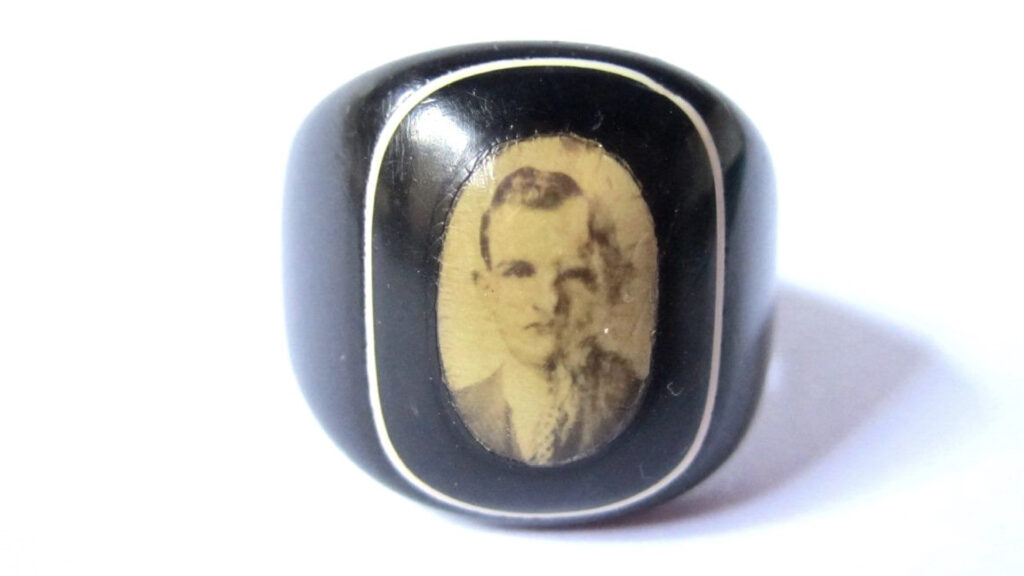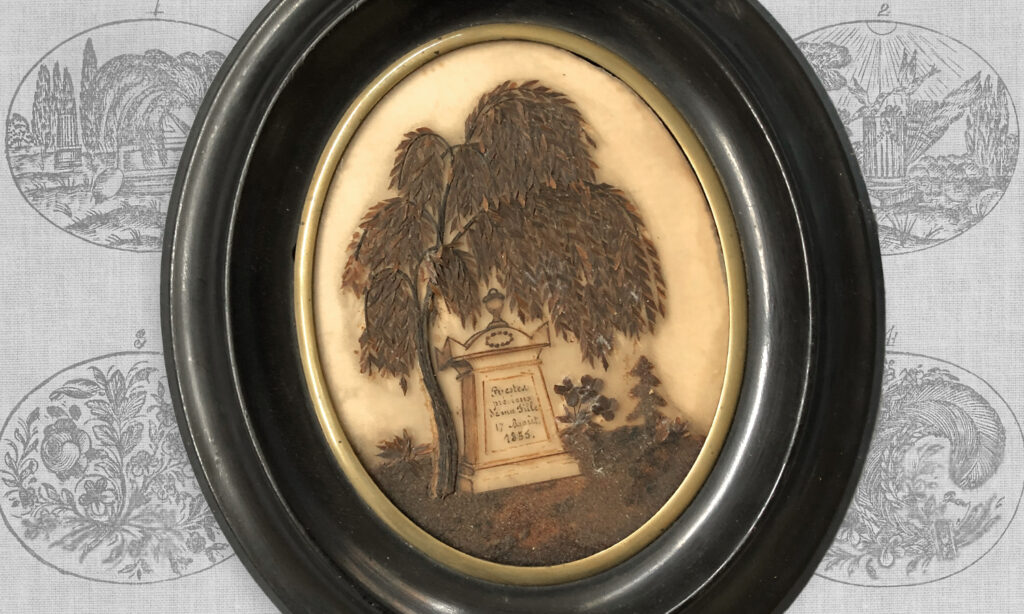A History of Hair Weaving Part 5

By the 19th century, the custom of hairwork had become ingrained in popular culture of the time, spanning Europe to America, and the hairworking industry hit its peak. The popularity of hairwork and its move from country to country was not a singular event, but reflects more upon society of the time. Hairworking industries along the Continent have their roots in hairwork as a folk art and female amateurs practicing the art in their home. Because of this, the popularity spread through Europe, especially prominent in France, Germany, Switzerland, Sweden and even across to Bohemia.
The American hairwork industry evolved in its own right, growing in prominence over the 19th century (particularly during the Civil War) and still exists in a small capacity even today. Hairwork lends itself easily to other forms of household practices, such as stitching and weaving, which makes it transcend many cultural barriers, and the sentimentality of it only adds to its necessity. As a mourning device, hairwork is a vital memorial statement within the family. Coupled with household art in the 18th to early 20th centuries, hairwork was another way to display the loved one’s hair. Samplers and hairwork memorials are prime examples of hairwork as a folk art.
Samplers vary from country to country, as do hairwork memorials, which can take the shape of flowers within wreaths, crosses and a variety of other memorial symbols. Especially in America, hair wreaths were a “popular parlor pastime like many other crafts” for women. German and Swiss hairwork memorials were often quite different from the American, as there was a greater use of depth and colour. French were more palette-worked (cut-work and sepia) and more darker, while German and Swiss hair is fairer with greater use of watercolour. German hair memorials often used two panes of glass with one being a painted background and the foreground applied hairwork. Again, regional variation within the hairwork paradigm is the prerogative of the creator or evolution within the household.






